
Hafnium (Hf) is a chemical element of the periodic table, located in the group 4 and the period 6, and is having the atomic number 72. It is a ductile, lustrous, silvery-grey transition metal, which is named after Hafnia, the Latin name for Copenhagen, the city where it was discovered.
On periodic table
| group | ⇨ | 1 | 2 | 3 | 4 | 5 | 6 | 7 | 8 | 9 | 10 | 11 | 12 | 13 | 14 | 15 | 16 | 17 | 18 |
| period | ⇩ | ||||||||||||||||||
| 1 | 1 H 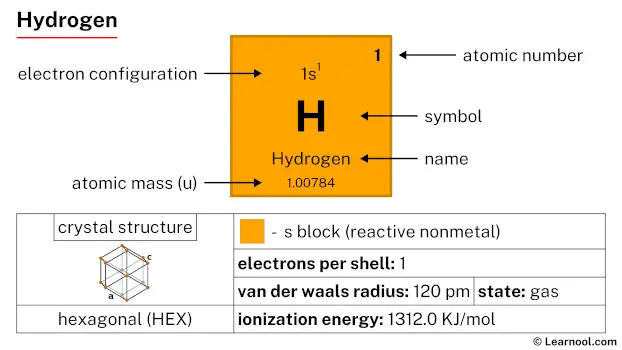 Hydrogen |
2 He 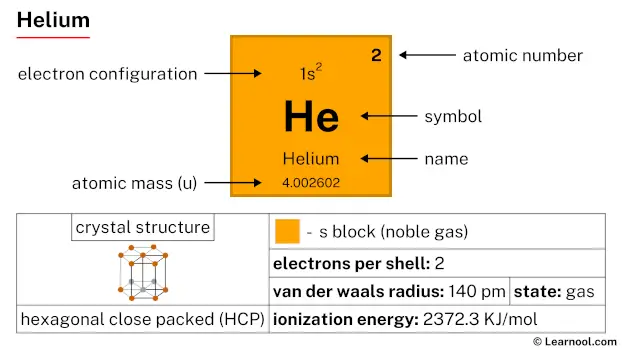 Helium |
|||||||||||||||||
| 2 | 3 Li 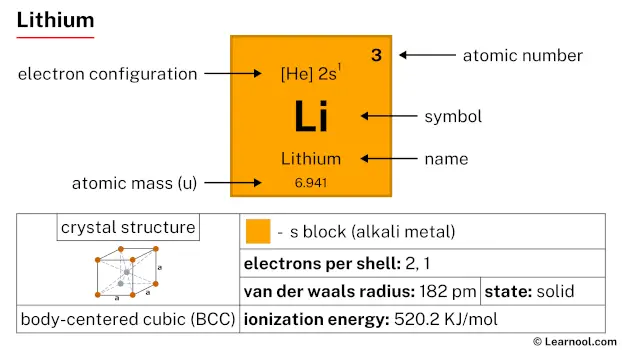 Lithium |
4 Be 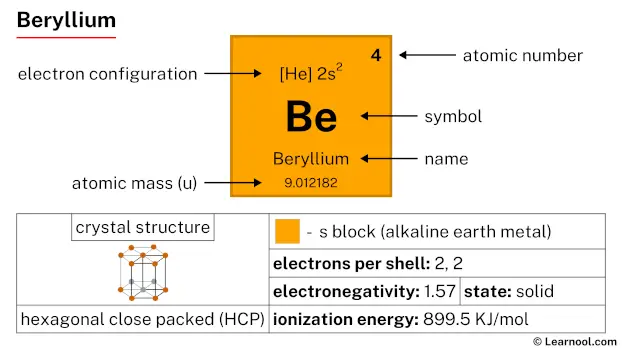 Beryllium |
5 B 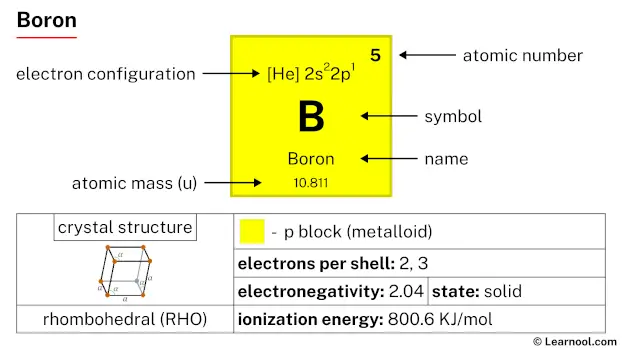 Boron |
6 C 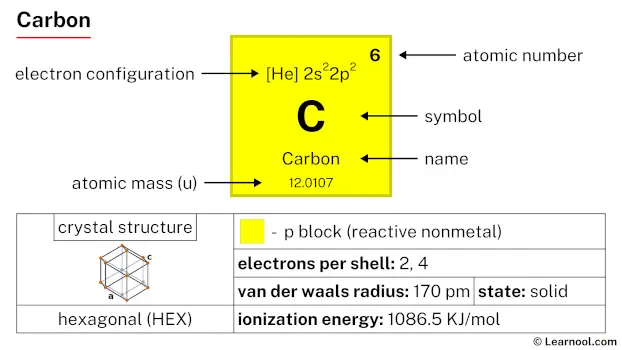 Carbon |
7 N 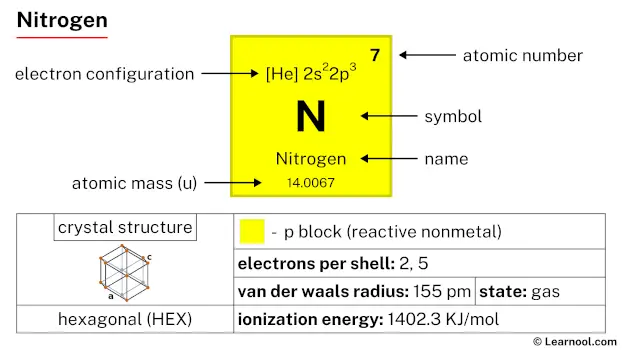 Nitrogen |
8 O 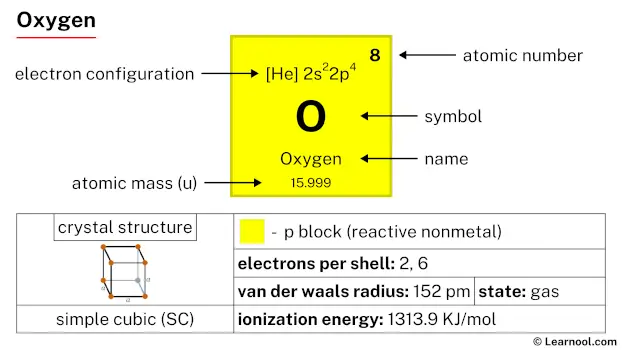 Oxygen |
9 F  Fluorine |
10 Ne 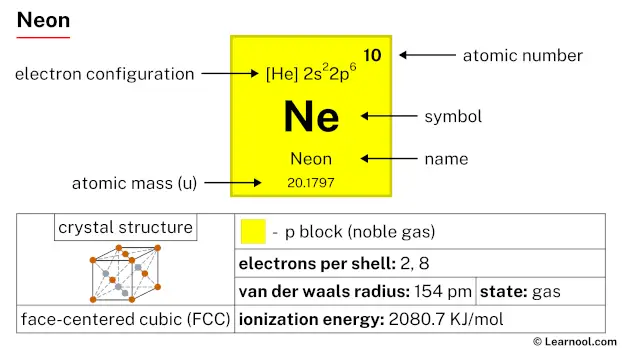 Neon |
|||||||||||
| 3 | 11 Na  Sodium |
12 Mg  Magnesium |
13 Al 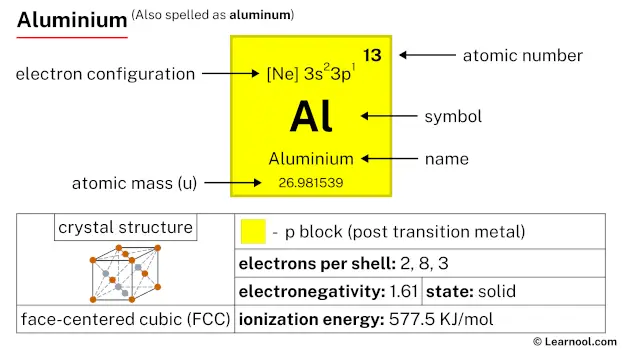 Aluminium |
14 Si Silicon |
15 P  Phosphorus |
16 S 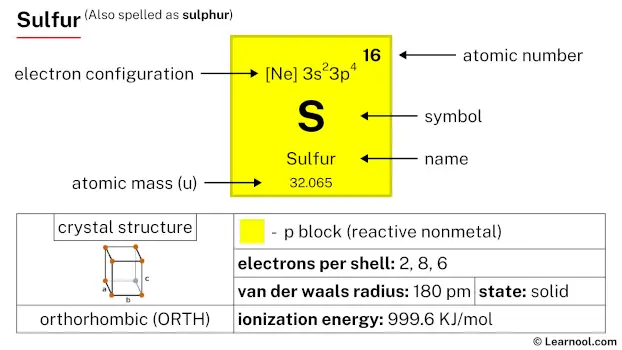 Sulfur |
17 Cl 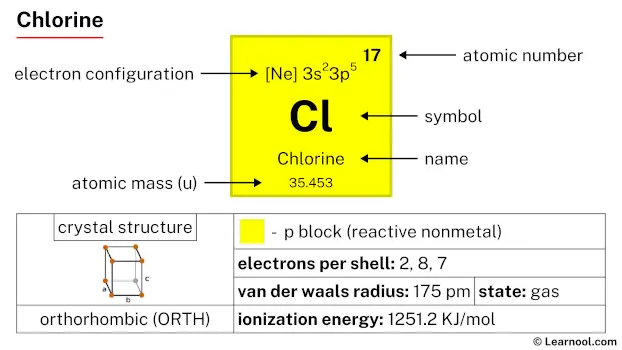 Chlorine |
18 Ar 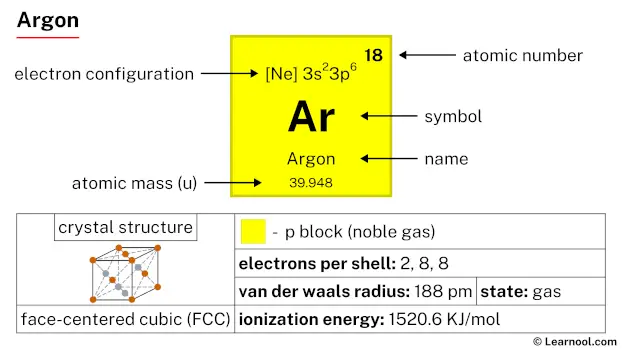 Argon |
|||||||||||
| 4 | 19 K 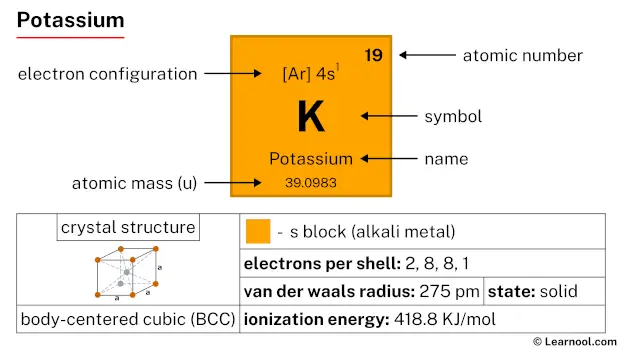 Potassium |
20 Ca 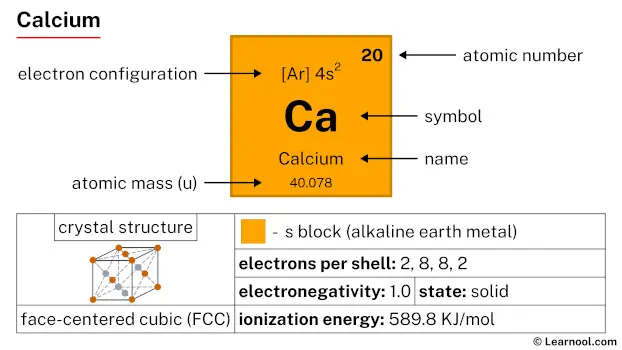 Calcium |
21 Sc  Scandium |
22 Ti 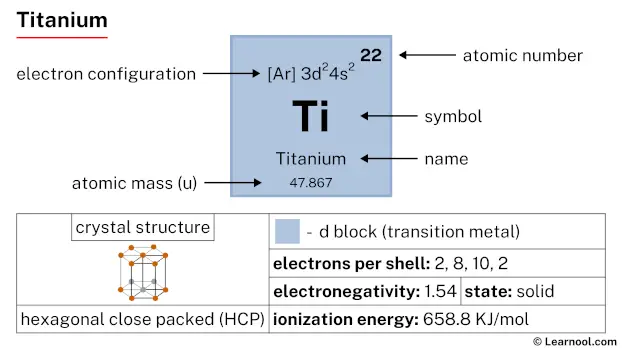 Titanium |
23 V 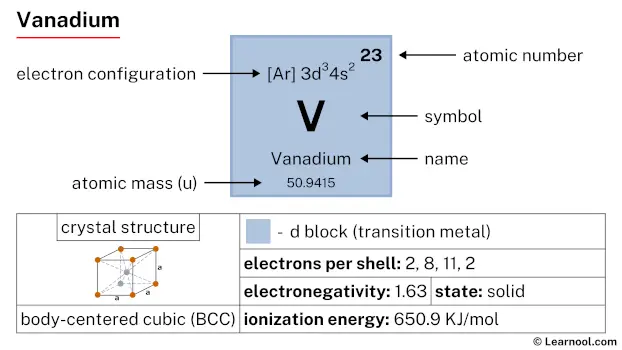 Vanadium |
24 Cr 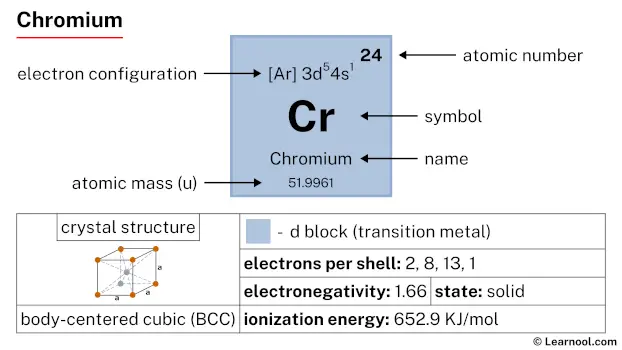 Chromium |
25 Mn  Manganese |
26 Fe 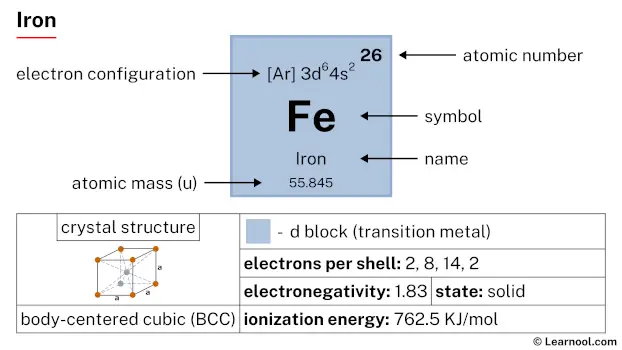 Iron |
27 Co 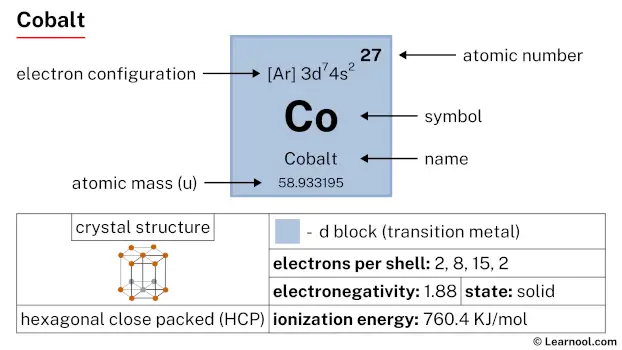 Cobalt |
28 Ni 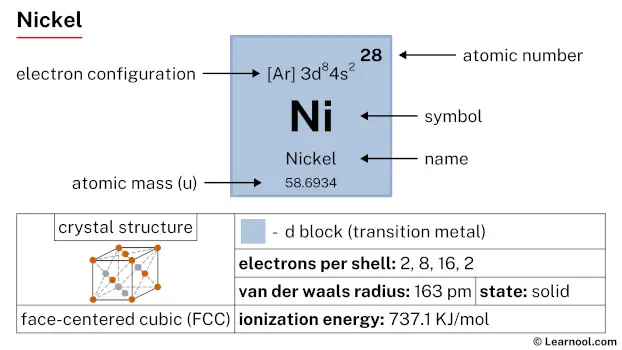 Nickel |
29 Cu  Copper |
30 Zn 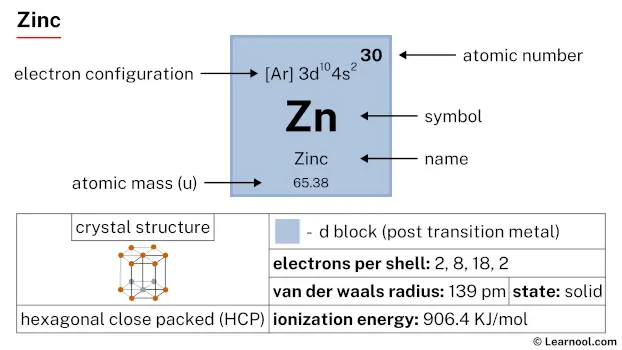 Zinc |
31 Ga 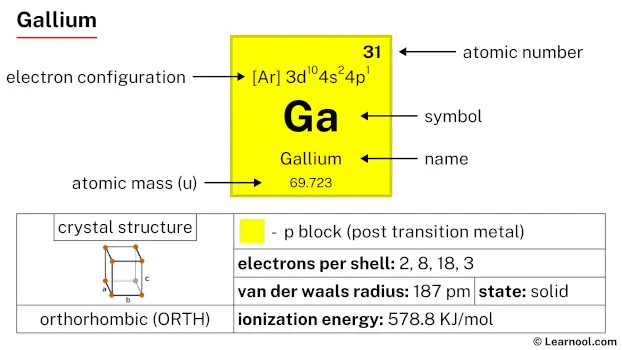 Gallium |
32 Ge 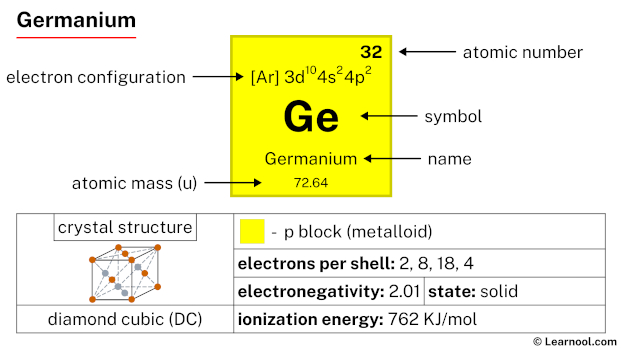 Germanium |
33 As 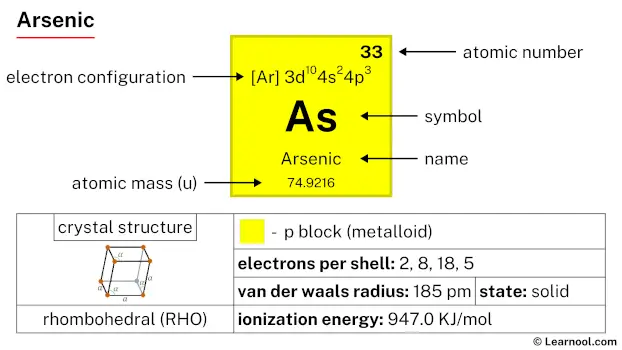 Arsenic |
34 Se  Selenium |
35 Br 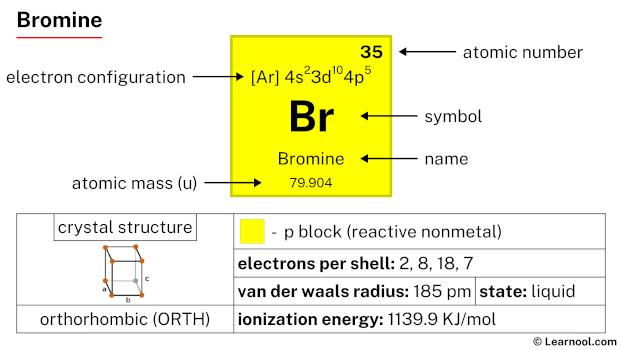 Bromine |
36 Kr 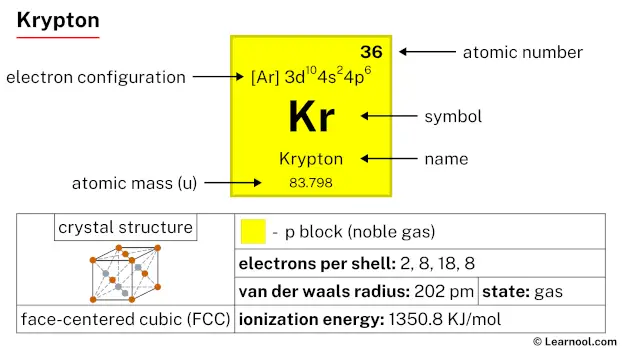 Krypton |
|
| 5 | 37 Rb 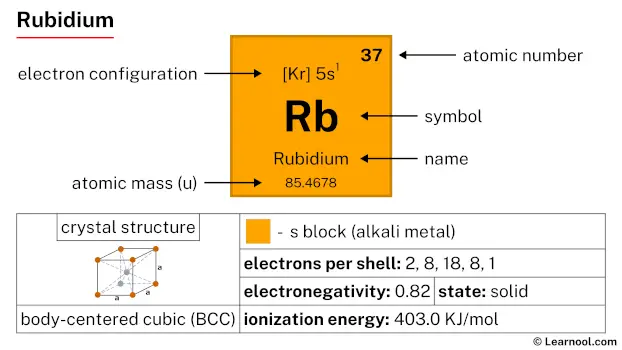 Rubidium |
38 Sr 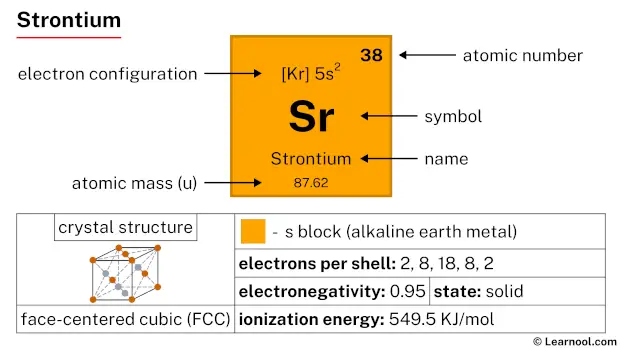 Strontium |
39 Y 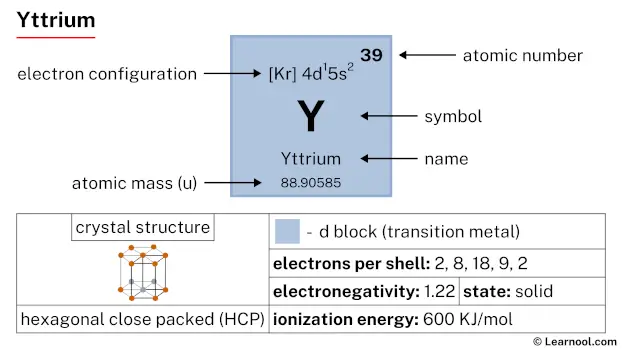 Yttrium |
40 Zr 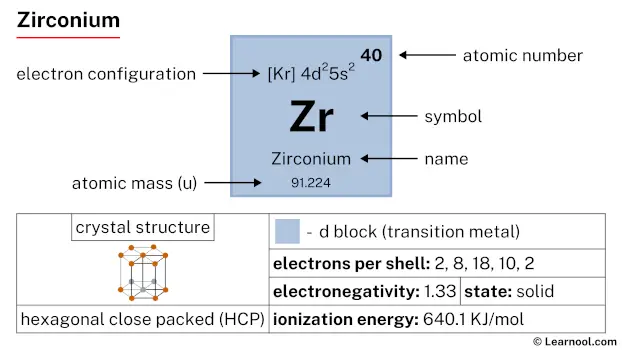 Zirconium |
41 Nb  Niobium |
42 Mo 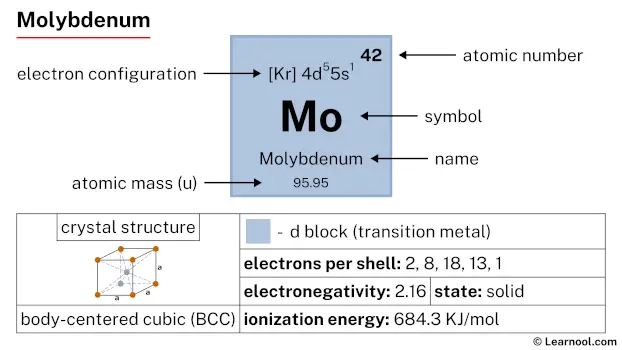 Molybdenum |
43 Tc 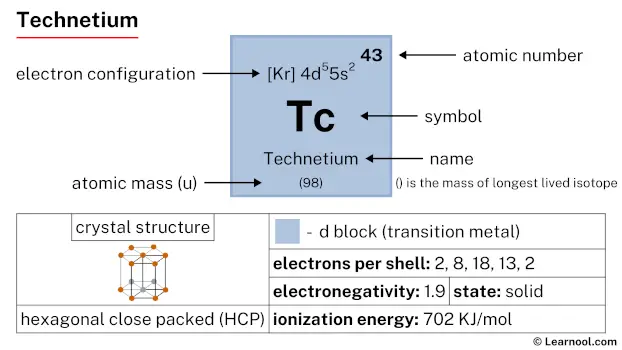 Technetium |
44 Ru 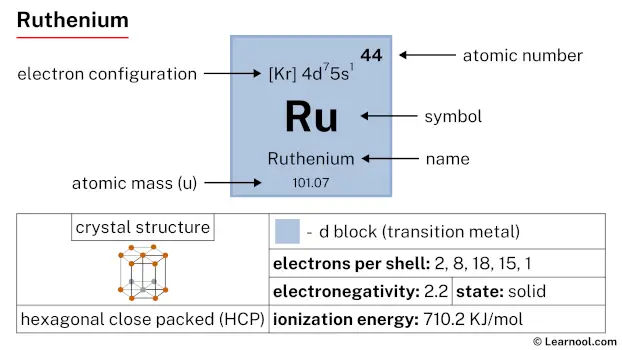 Ruthenium |
45 Rh 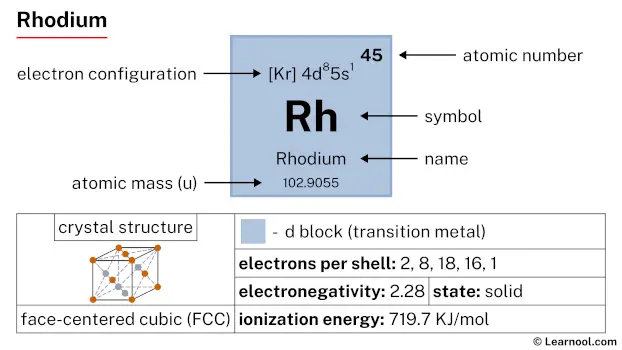 Rhodium |
46 Pd  Palladium |
47 Ag  Silver |
48 Cd 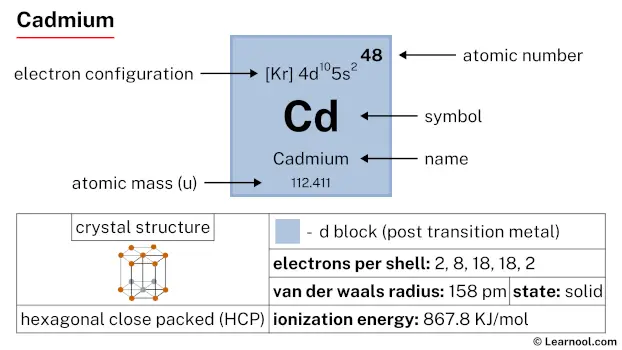 Cadmium |
49 In 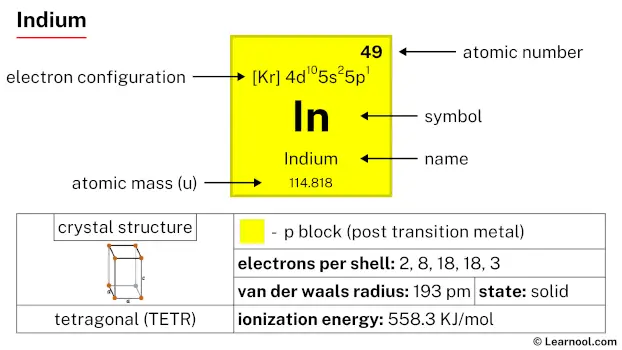 Indium |
50 Sn 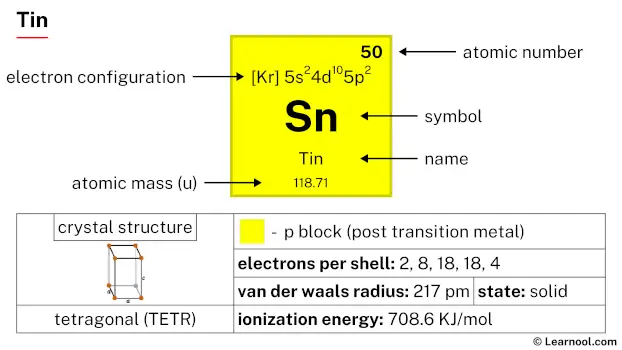 Tin |
51 Sb 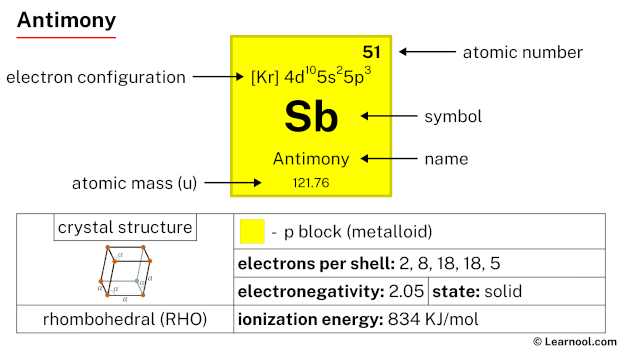 Antimony |
52 Te 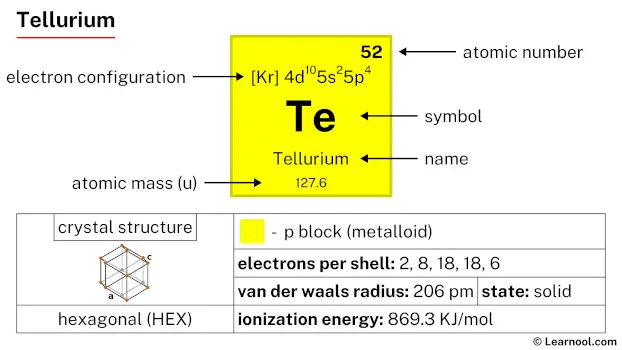 Tellurium |
53 I 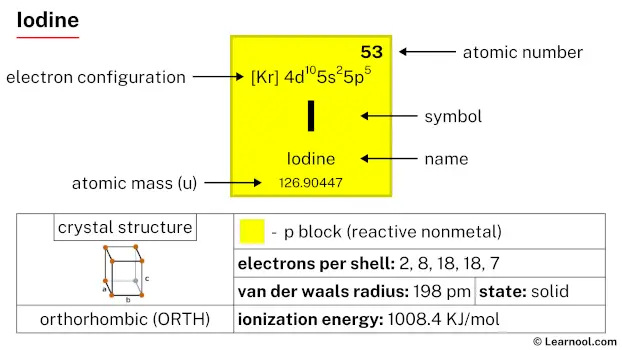 Iodine |
54 Xe 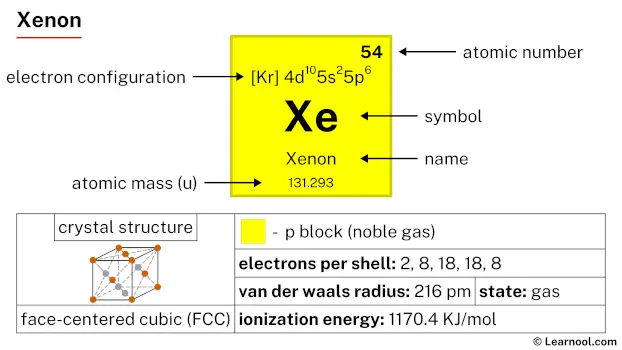 Xenon |
|
| 6 | 55 Cs  Caesium |
56 Ba 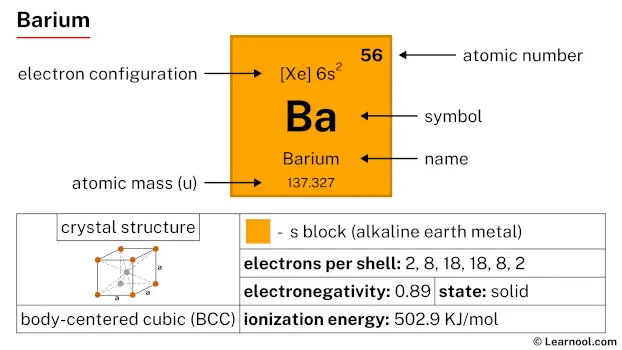 Barium |
72 Hf Hafnium |
73 Ta 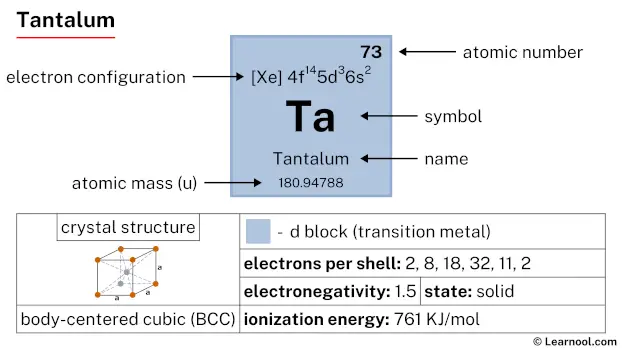 Tantalum |
74 W 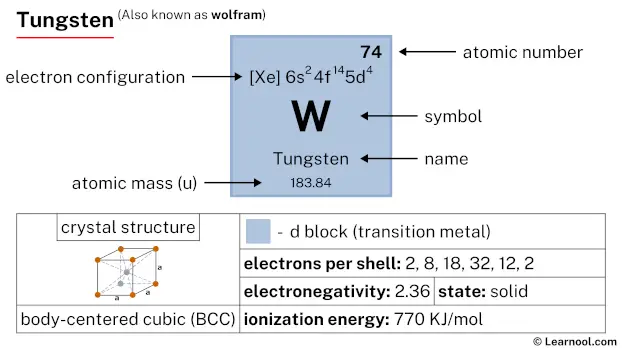 Tungsten |
75 Re 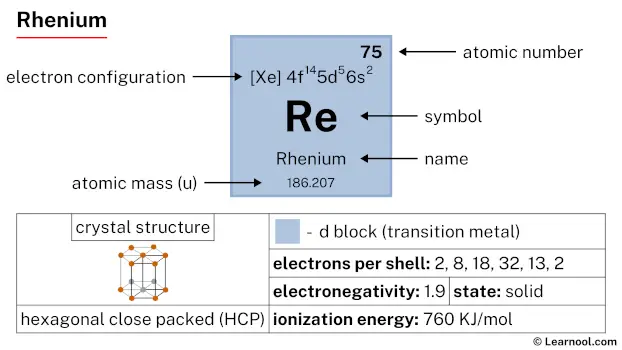 Rhenium |
76 Os 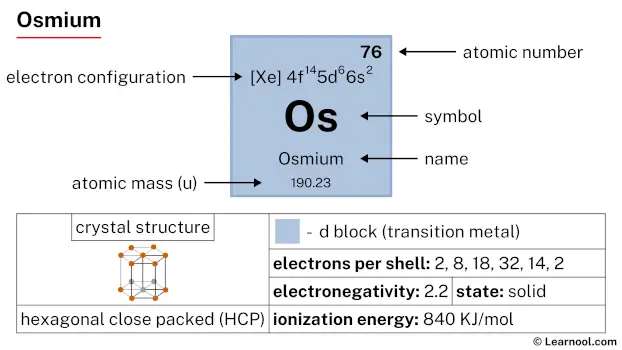 Osmium |
77 Ir 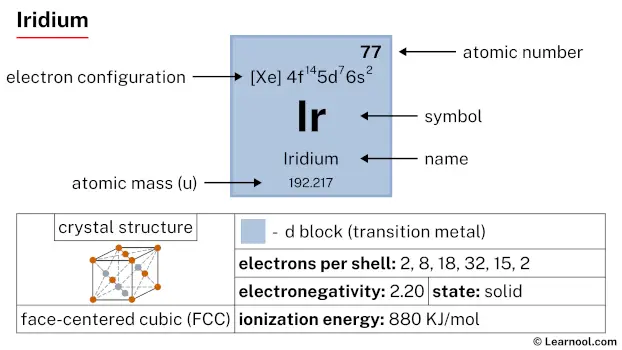 Iridium |
78 Pt 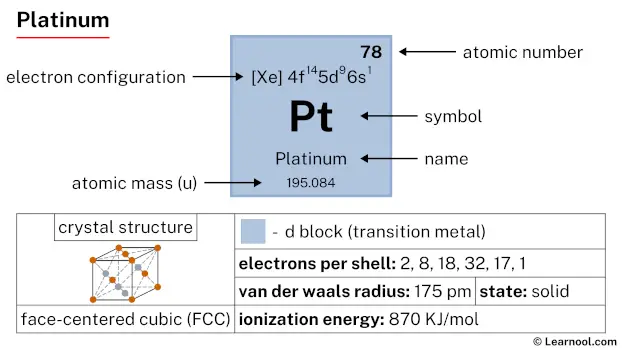 Platinum |
79 Au 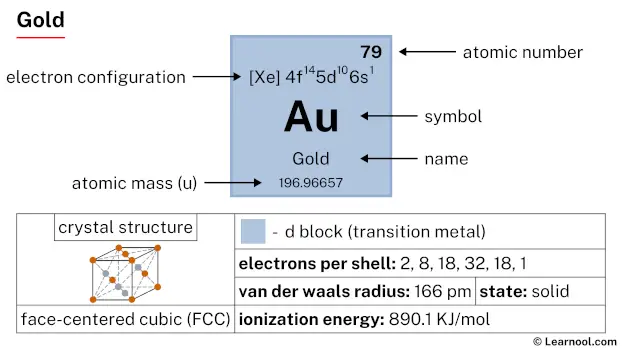 Gold |
80 Hg  Mercury |
81 Tl 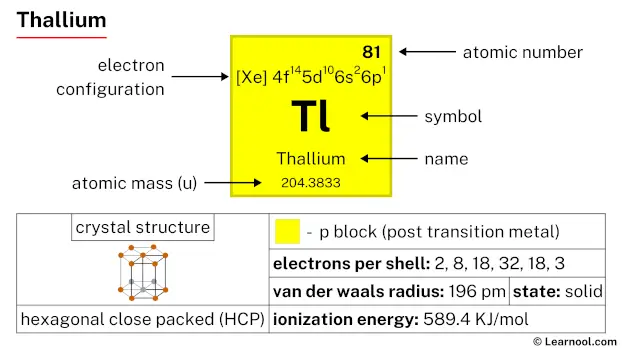 Thallium |
82 Pb 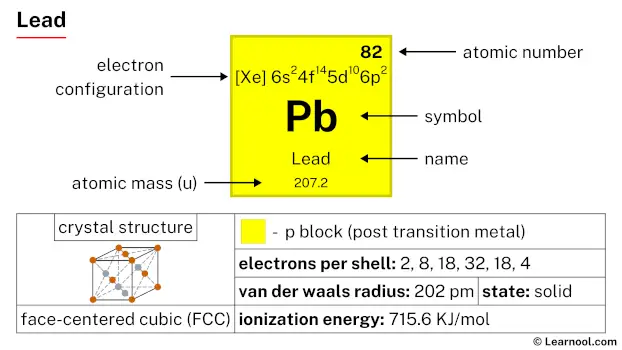 Lead |
83 Bi 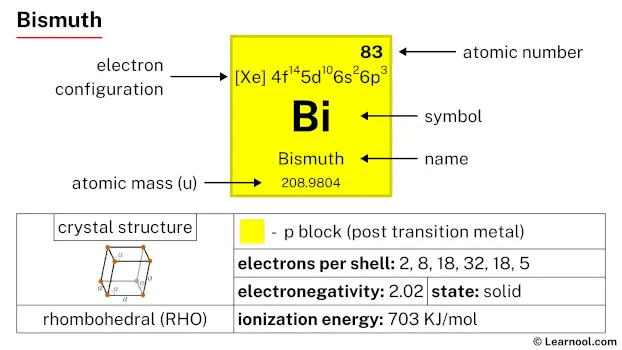 Bismuth |
84 Po 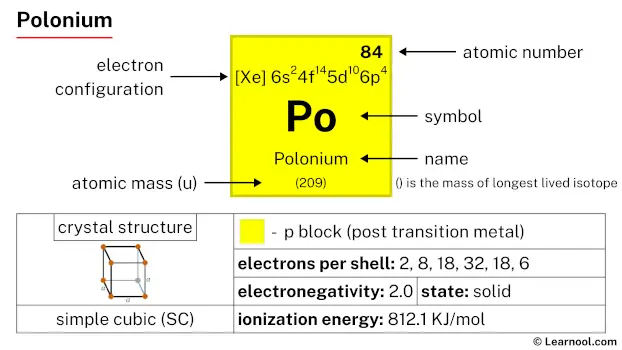 Polonium |
85 At  Astatine |
86 Rn 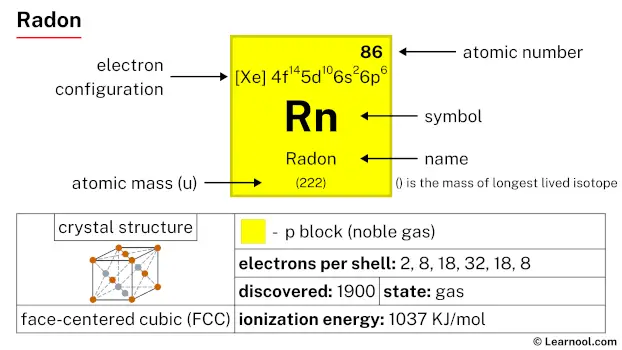 Radon |
||
| 7 | 87 Fr 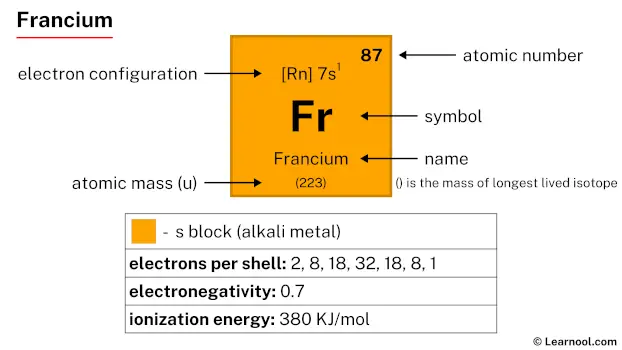 Francium |
88 Ra 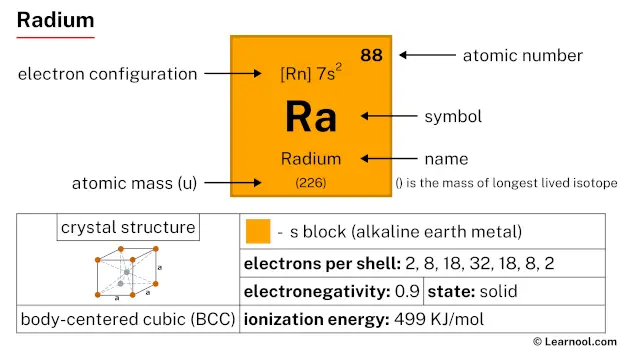 Radium |
104 Rf 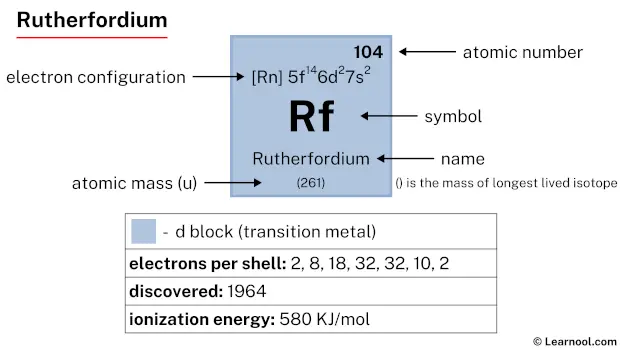 Rutherfordium |
105 Db 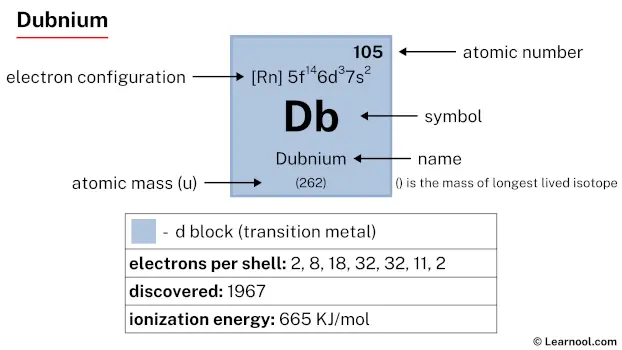 Dubnium |
106 Sg 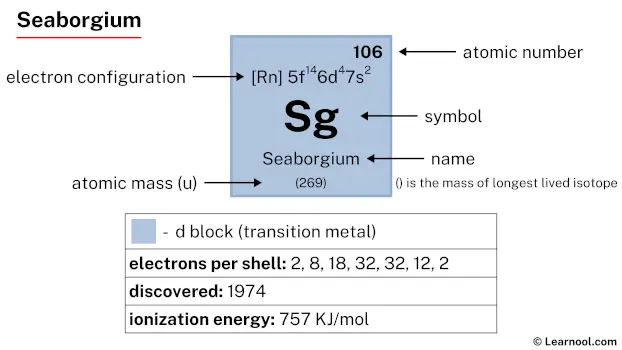 Seaborgium |
107 Bh 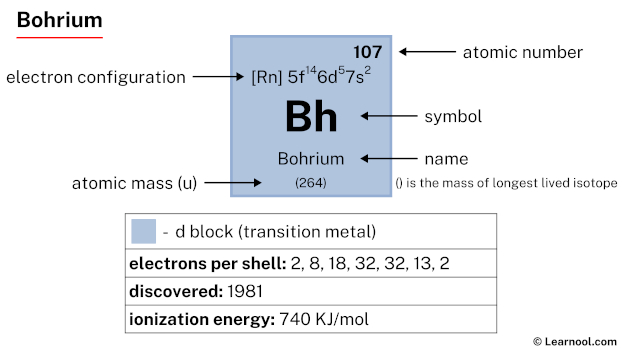 Bohrium |
108 Hs 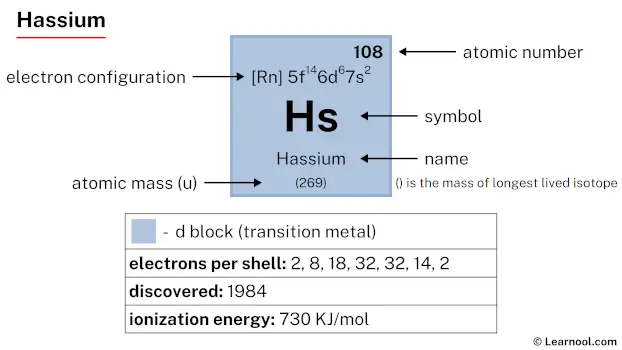 Hassium |
109 Mt  Meitnerium |
110 Ds 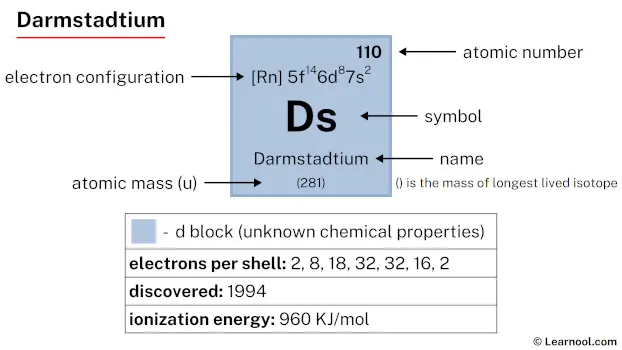 Darmstadtium |
111 Rg 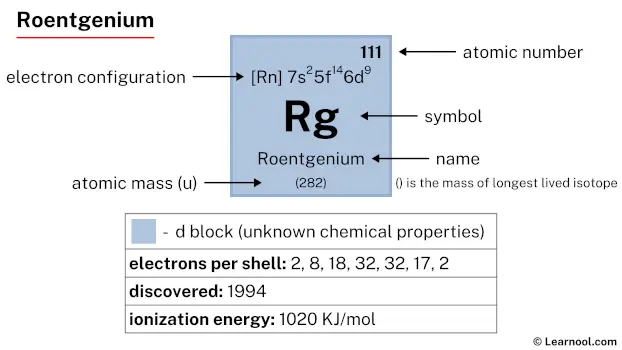 Roentgenium |
112 Cn 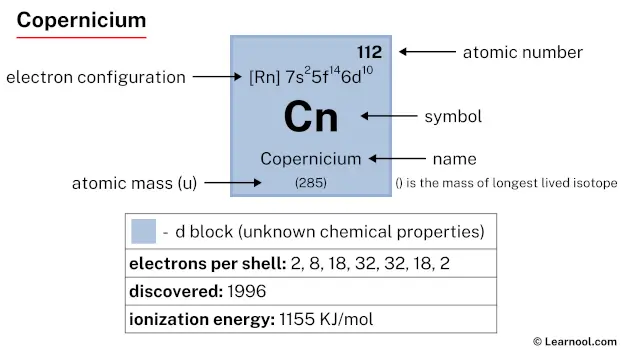 Copernicium |
113 Nh 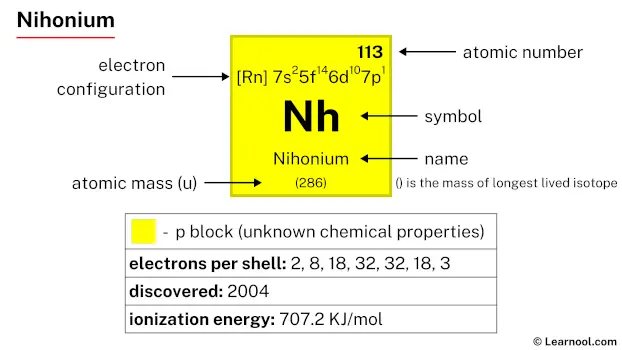 Nihonium |
114 Fl 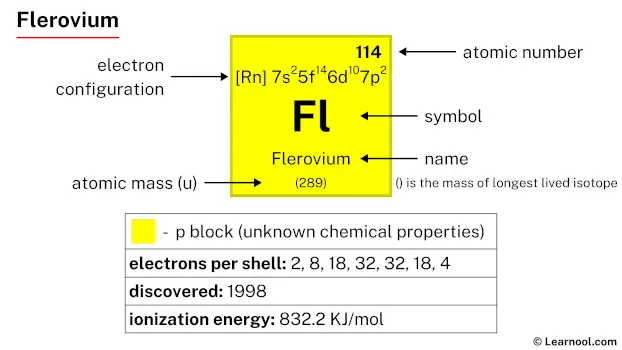 Flerovium |
115 Mc 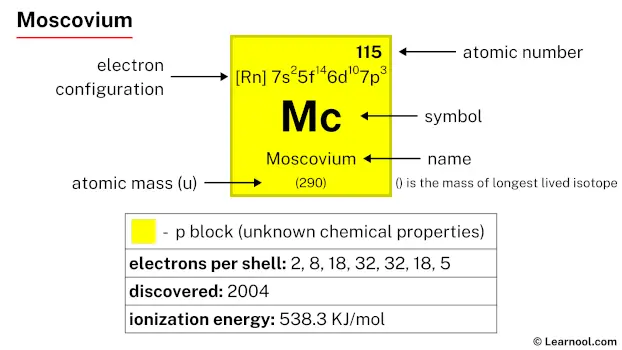 Moscovium |
116 Lv 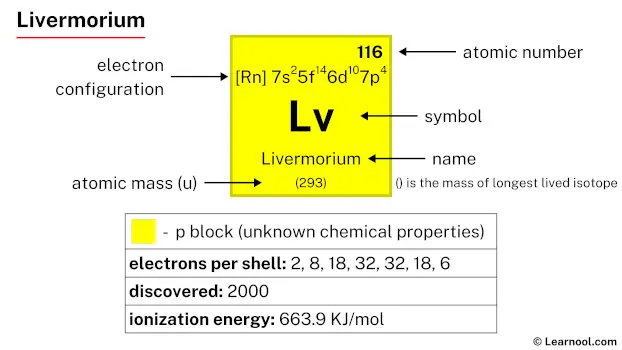 Livermorium |
117 Ts 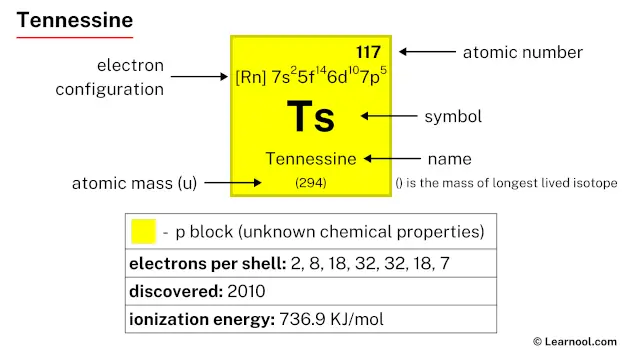 Tennessine |
118 Og 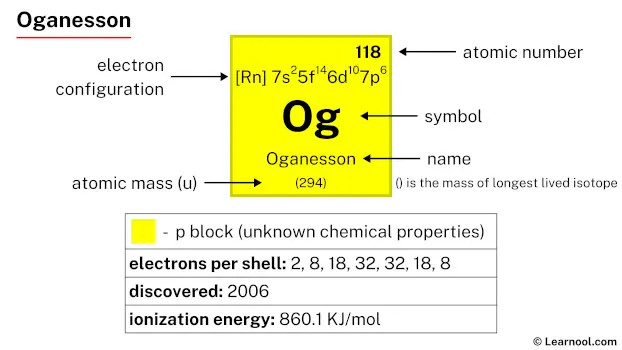 Oganesson |
||
| 57 La  Lanthanum |
58 Ce 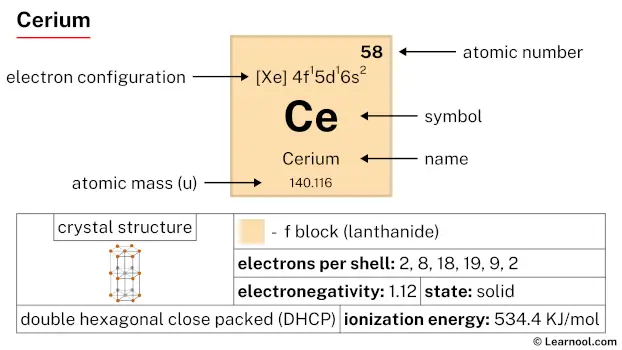 Cerium |
59 Pr 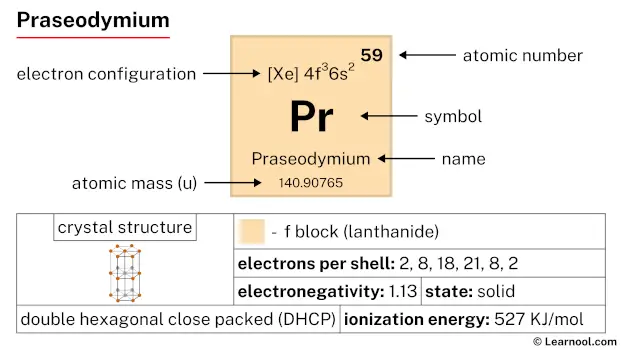 Praseodymium |
60 Nd 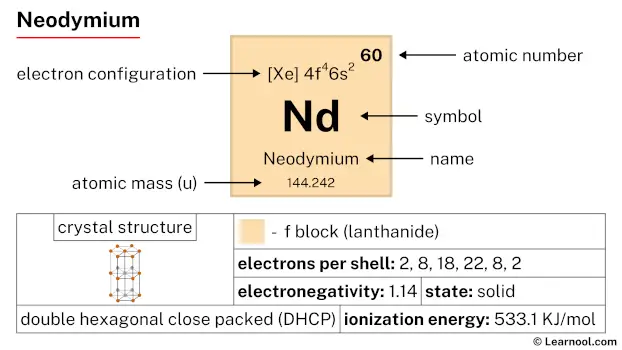 Neodymium |
61 Pm 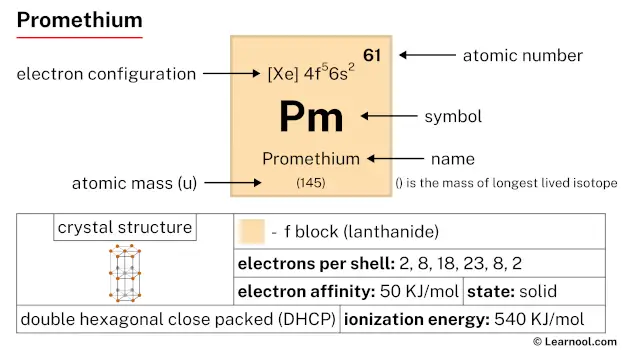 Promethium |
62 Sm 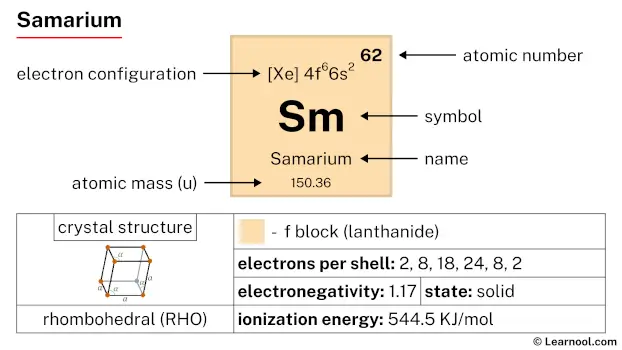 Samarium |
63 Eu 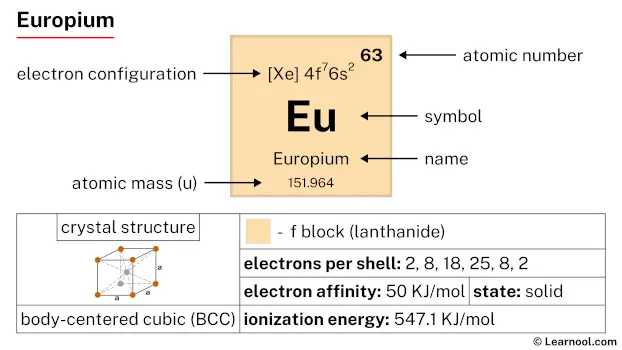 Europium |
64 Gd 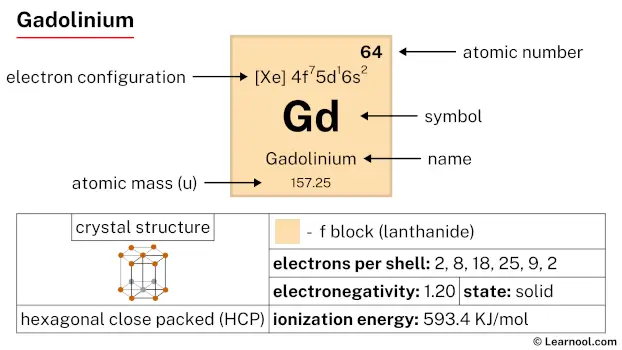 Gadolinium |
65 Tb  Terbium |
66 Dy 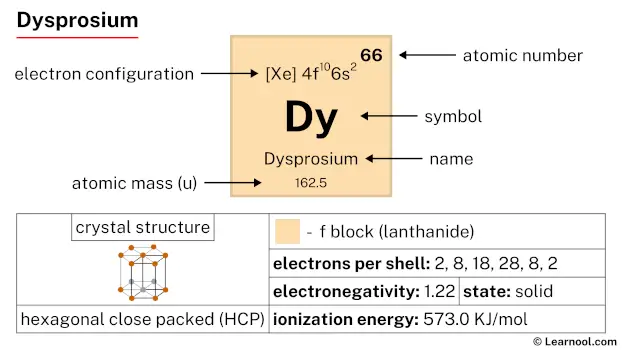 Dysprosium |
67 Ho 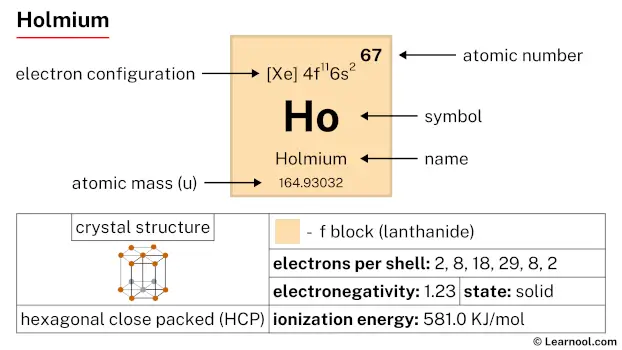 Holmium |
68 Er 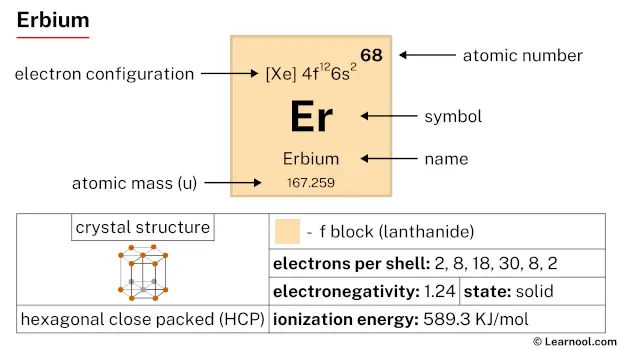 Erbium |
69 Tm 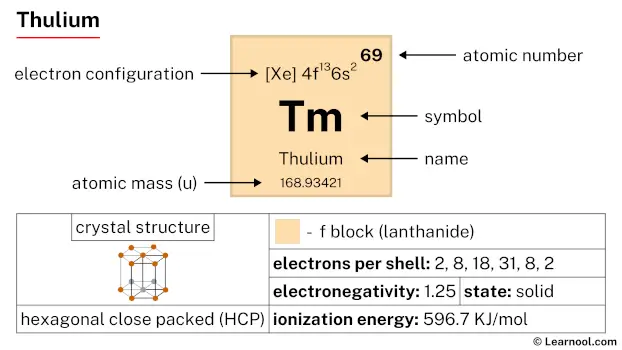 Thulium |
70 Yb 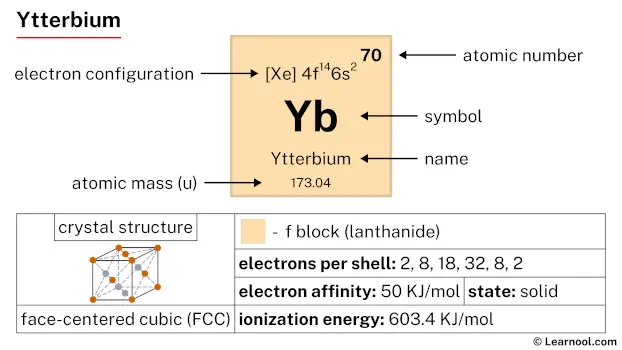 Ytterbium |
71 Lu 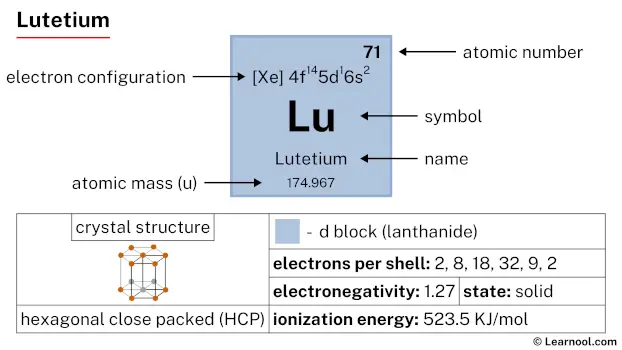 Lutetium |
|||||
| 89 Ac 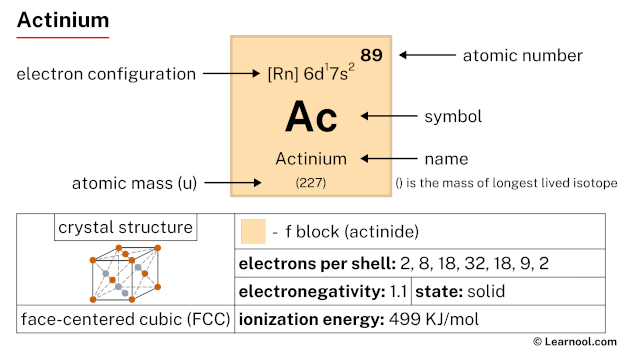 Actinium |
90 Th 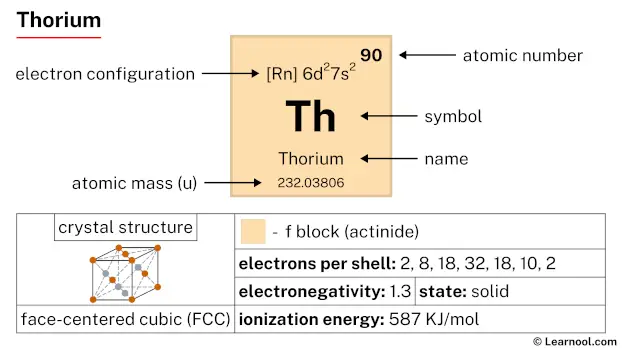 Thorium |
91 Pa 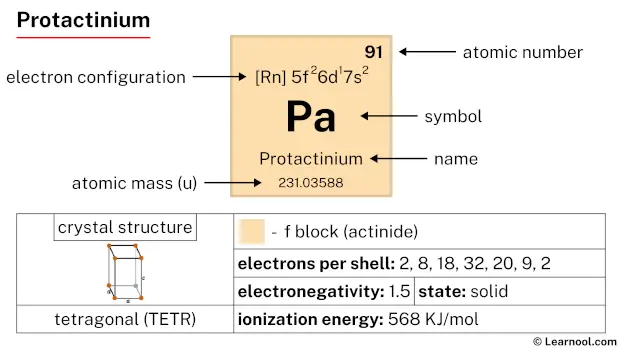 Protactinium |
92 U 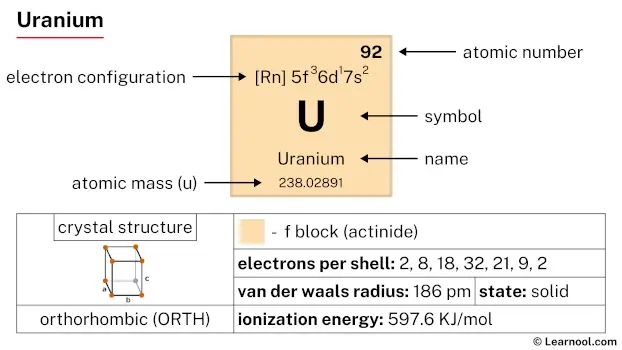 Uranium |
93 Np 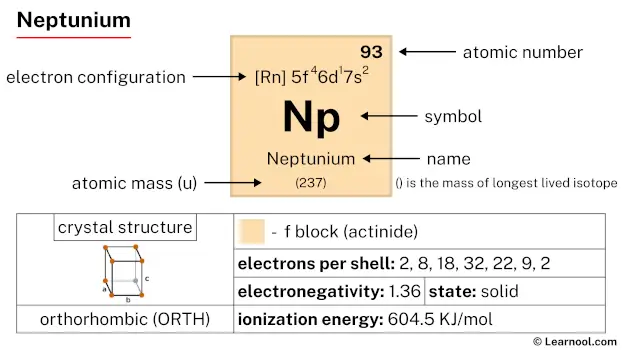 Neptunium |
94 Pu 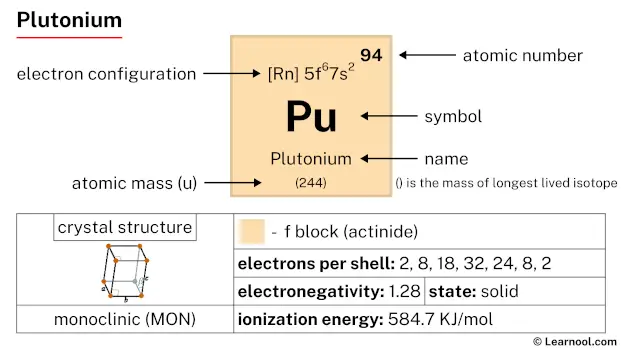 Plutonium |
95 Am 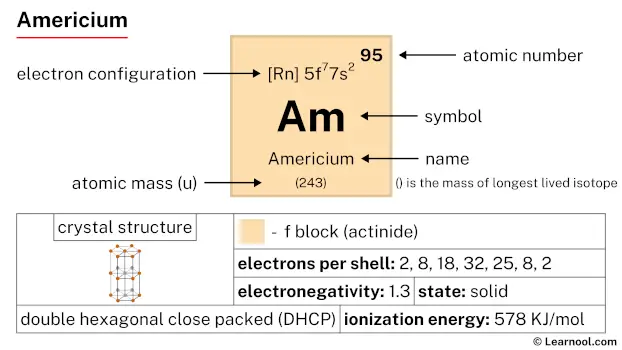 Americium |
96 Cm 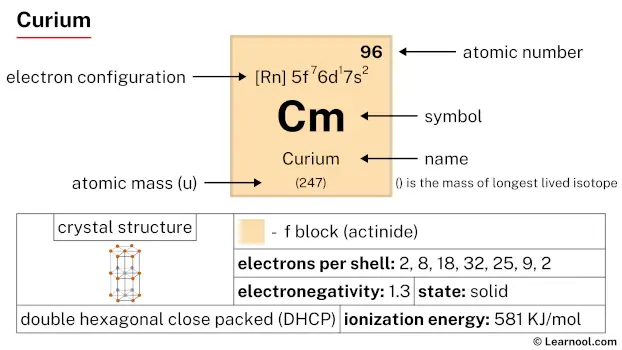 Curium |
97 Bk 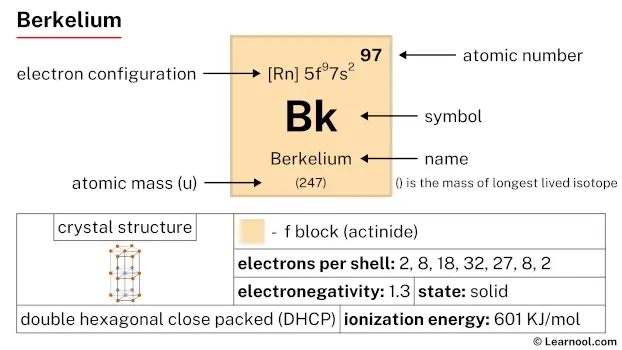 Berkelium |
98 Cf 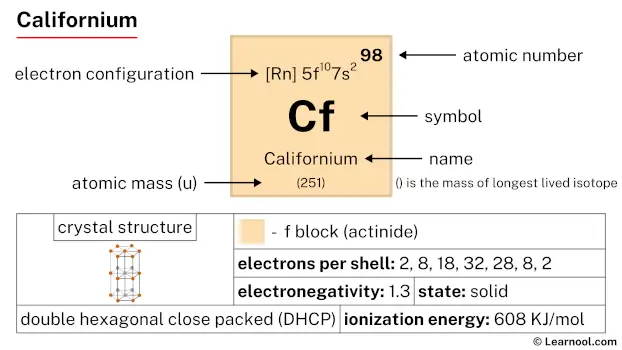 Californium |
99 Es 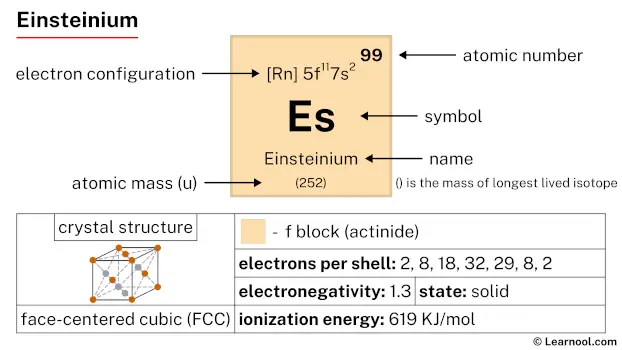 Einsteinium |
100 Fm 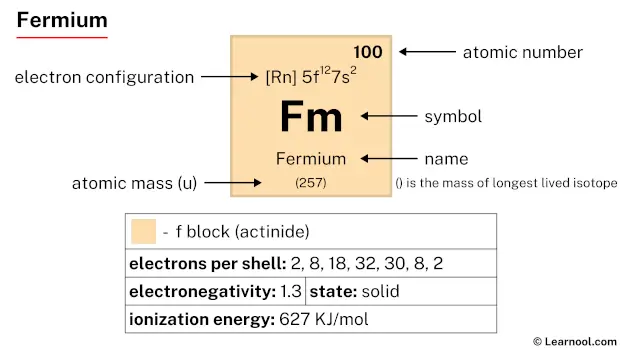 Fermium |
101 Md 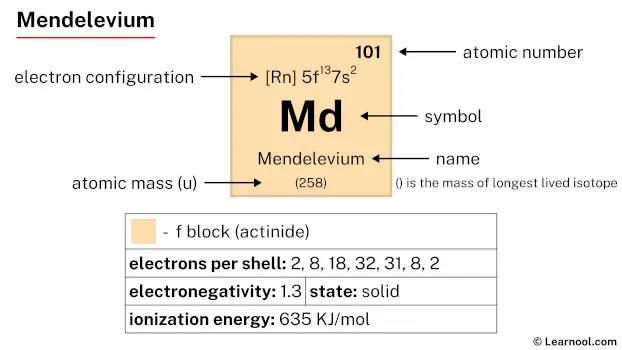 Mendelevium |
102 No 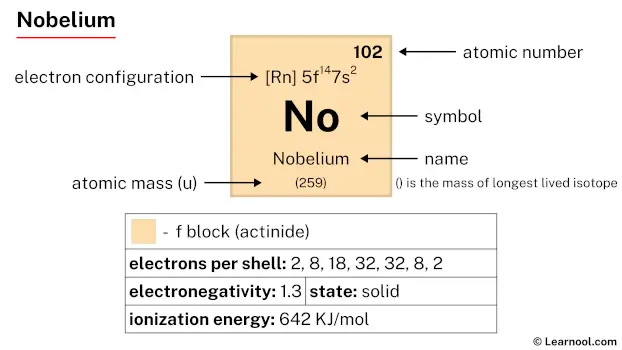 Nobelium |
103 Lr 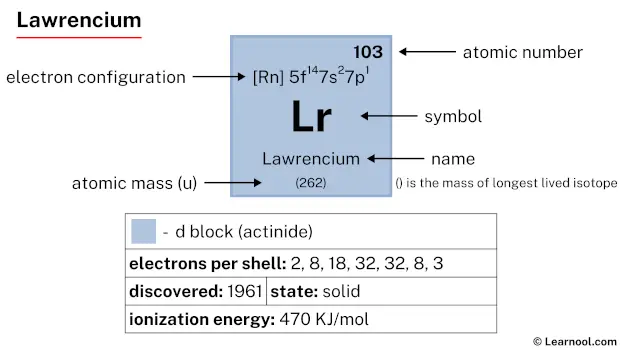 Lawrencium |
|||||
| – d block |
Hafnium is a d-block element, situated in the fourth column and the sixth row of the periodic table, denoted by the atomic number 72 and chemical symbol Hf.
Element information
| Hafnium element | |
|---|---|
| Symbol | Hf |
| Atomic number (Z) | 72 |
| Standard atomic weight | 178.49 |
| CAS number | 7440-58-6 |
| Origin of name | From Latin Hafnia, meaning Copenhagen |
| Group | 4 |
| Period | 6 |
| Block | d |
| Classification | Transition metal |
| Electron configuration | [Xe] 4f14 5d2 6s2 |
| Learn how to write: Hafnium electron configuration | |
| Electrons per shell | 2, 8, 18, 32, 10, 2 |
| Learn how to draw: Hafnium Bohr model | |
| Valence electrons | 4 |
| Protons, neutrons, electrons | 72 protons, 106 neutrons, 72 electrons (for most common isotope: 178Hf) |
| Learn how to find: Hafnium protons neutrons electrons | |
| Oxidation state(s) | +4 |
| Electronegativity (Pauling scale) | 1.3 |
| Atomic radius | 159 pm |
| Covalent radius | 175 pm |
| Van der Waals radius | Not well-defined |
| Phase at room temperature | Solid |
| Crystal structure | Hexagonal close-packed (hcp) |
| Density near room temperature | 13.31 g/cm3 |
| Melting point | 2,233 °C |
| Boiling point | 5,465 °C |
| Main isotopes | 177Hf, 178Hf, 179Hf, 180Hf |
| Natural occurrence | Primordial |
| Discovered by | Dirk Coster and George de Hevesy, 1923 |
History
Hafnium was discovered by the Danish chemist, Dirk Coster and the Hungarian physicist, George Charles von Hevesy in 1923. They found it in zirconium ore, which had been previously thought to contain only one stable element, zirconium.
Coster and von Hevesy were studying X-ray spectra of zirconium ore samples and observed some unknown X-ray lines, which they attributed to a new element. They named it “hafnium” after the Latin name for Copenhagen, “Hafnia,” where Coster was based.
The discovery of hafnium filled a gap in the periodic table, as its properties had been predicted by Dmitri Mendeleev in his original periodic table, but no known element matched the predictions until the discovery of hafnium. Hafnium is a silvery-gray metal and is often found in association with zirconium. It is relatively abundant in the Earth’s crust, but it is difficult to isolate hafnium from zirconium, which is a more abundant element.
Occurrence and production
Hafnium is a relatively rare element in the Earth’s crust, with an abundance of only 3 parts per million. It does not exist in its pure form in nature but can be found in several minerals such as zirconium minerals and rare earth minerals. Zirconium minerals are the primary source of hafnium.
Hafnium is produced commercially by reducing hafnium tetrachloride with magnesium or sodium. This process is known as the Kroll process, which is also used to produce titanium. Another method for producing hafnium is the crystal bar process, which involves the reduction of hafnium tetrachloride with either iodine or other reducing agents. The purified hafnium metal can be obtained by thermal decomposition of hafnium iodide, which is produced in this process.
Properties
Hafnium is a relatively heavy metal, with a density of 13.31 g/cm³.
It has a high melting point of 2233 ℃ and a boiling point of 4603 ℃, which are both significantly higher than those of its neighbor zirconium.
Hafnium has a very high thermal neutron-capture cross-section, making it an excellent material for use in nuclear reactors.
Hafnium has a low coefficient of thermal expansion, making it useful for applications where dimensional stability is important.
It is highly resistant to corrosion and is commonly used in the production of high-temperature alloys and other advanced materials.
Hafnium is paramagnetic at room temperature, meaning that it is weakly attracted to magnetic fields.
Hafnium has the highest Young’s modulus of all metals, giving it excellent strength and stiffness.
Applications
Nuclear reactors
Hafnium has a very high thermal neutron absorption cross-section, which makes it an excellent material for control rods in nuclear reactors. These control rods absorb neutrons and help regulate the fission process.
Aerospace industry
Hafnium has a high melting point and is resistant to corrosion, making it a useful material in the aerospace industry. It is used in the manufacture of jet engines, rocket nozzles, and other high-temperature applications.
Electronics industry
Hafnium oxide is used as a high-k dielectric material in the manufacture of modern semiconductor devices. It allows for the creation of smaller and more efficient transistors in microprocessors and other electronic components.
Medical implants
Hafnium alloys are biocompatible and have been used in medical implants, such as dental implants and hip replacements.
Catalysis
Hafnium compounds have been shown to be effective catalysts for a variety of chemical reactions, including the polymerization of olefins.
Optical coatings
Hafnium oxide is also used as a coating material for optical components, such as lenses and mirrors. It has a high refractive index, which allows for better light transmission and reflection.
Interesting facts
Hafnium was named after the Latin name for Copenhagen, “Hafnia,” where it was discovered.
Hafnium has the highest neutron capture cross-section of all non-radioactive elements, making it useful in controlling nuclear reactions.
The use of hafnium in tungsten filaments for incandescent light bulbs allowed them to operate at higher temperatures, producing brighter light.
Hafnium is an important element in aerospace technology due to its high melting point and ability to resist corrosion and wear.
Hafnium is often used in alloys with other metals to increase their strength and resistance to corrosion.
Hafnium oxide is used as a gate insulator in advanced microprocessors, helping to improve their performance.
Hafnium is a rare element, with only about 50 metric tons produced annually worldwide.
Related
More elements
External links
- https://www.rsc.org/periodic-table/element/72/hafnium
- https://en.wikipedia.org/wiki/Hafnium
- https://www.britannica.com/science/hafnium
- https://www.livescience.com/38591-hafnium.html
- https://www.chemicool.com/elements/hafnium.html
- https://education.jlab.org/itselemental/ele072.html
- https://pubchem.ncbi.nlm.nih.gov/element/Hafnium
- https://study.com/academy/lesson/hafnium-element-history-facts-properties.html
- https://www.thoughtco.com/hafnium-facts-606540
Deep
Learnool.com was founded by Deep Rana, who is a mechanical engineer by profession and a blogger by passion. He has a good conceptual knowledge on different educational topics and he provides the same on this website. He loves to learn something new everyday and believes that the best utilization of free time is developing a new skill.
